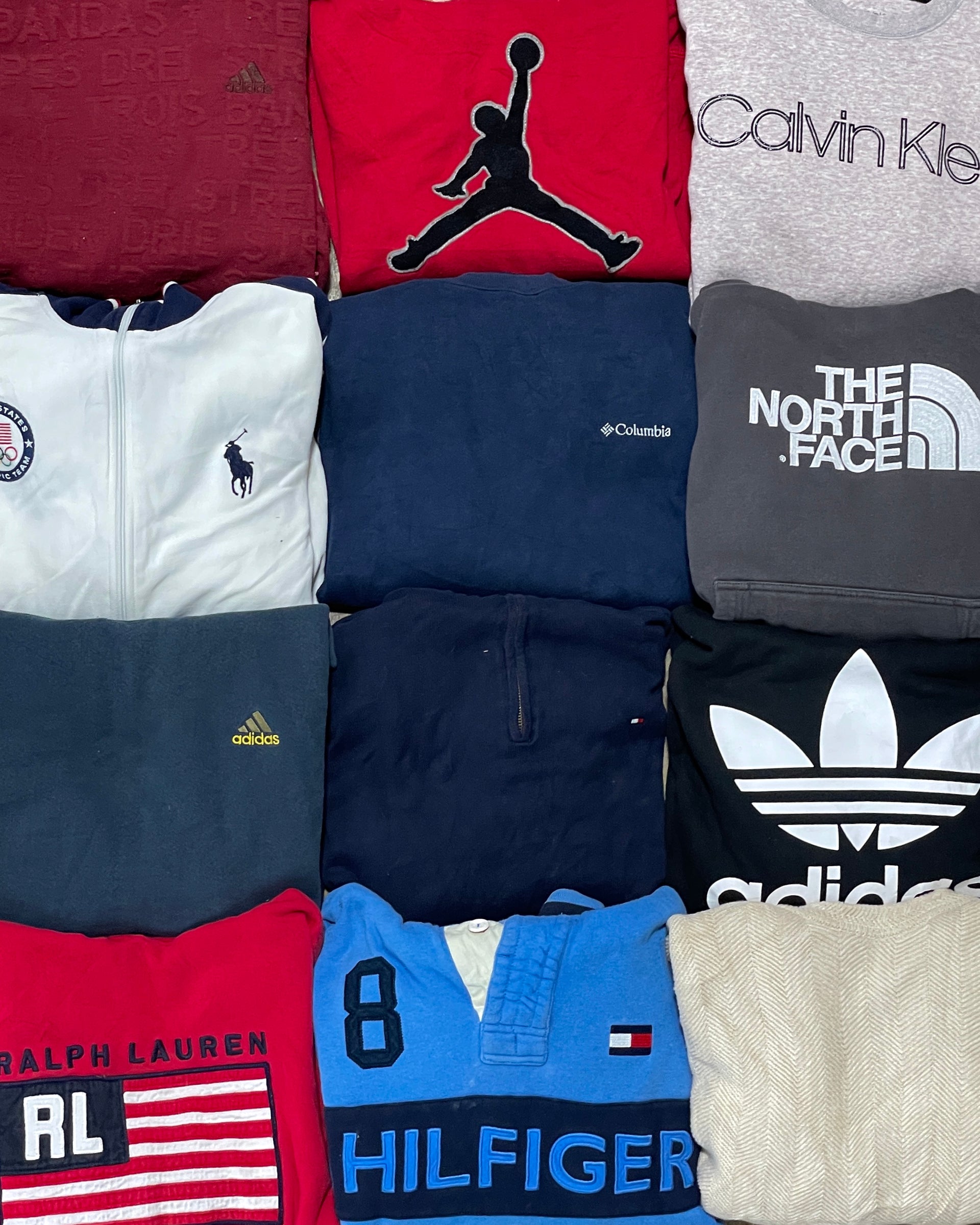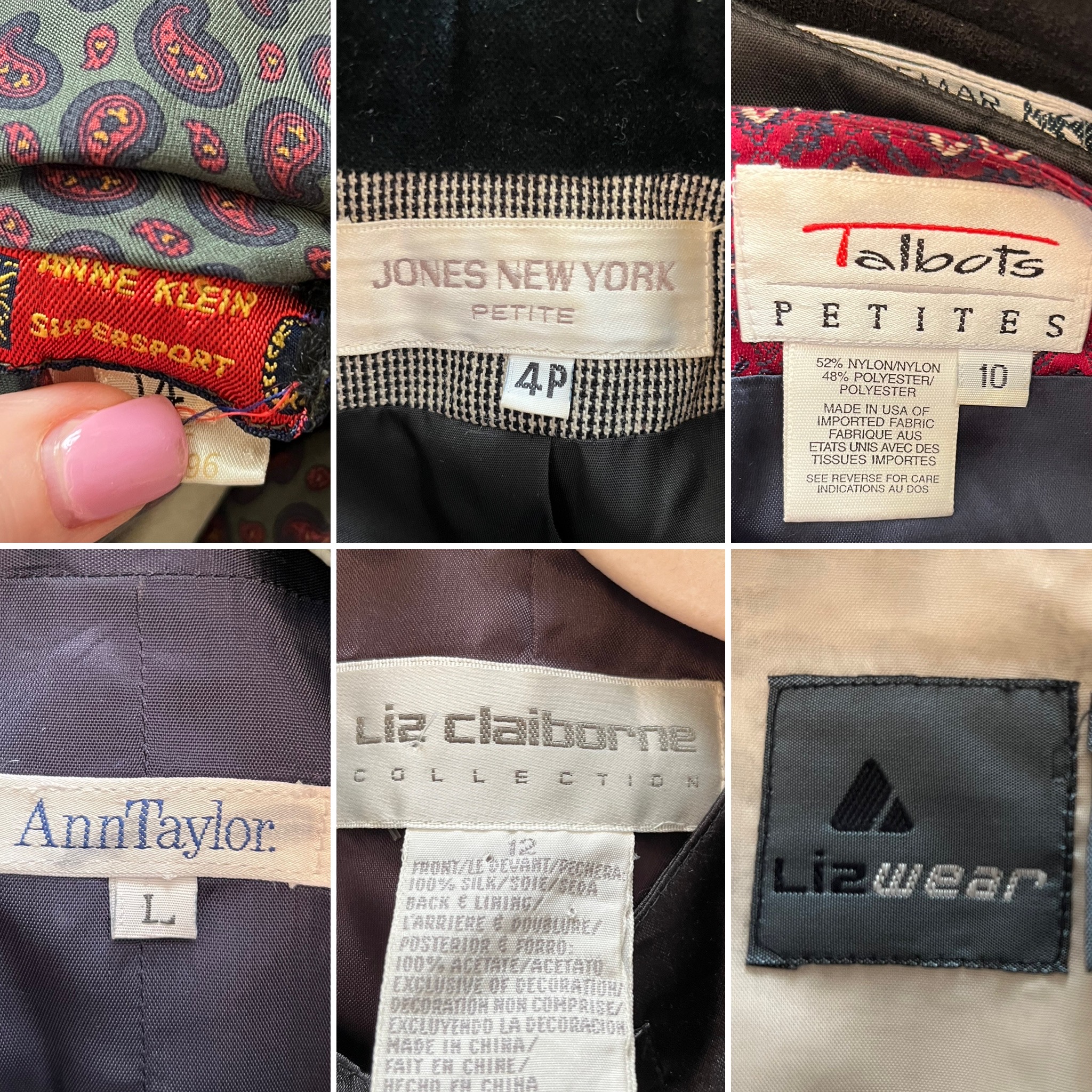The Value of Sustainable Apparel: How It Influences the Atmosphere and Your Closet
Sustainable clothes is progressively identified for its crucial function in minimizing the ecological impact of the quick garment industry. By focusing on green products and honest manufacturing techniques, it attends to pushing environmental issues. This change not just benefits the world but likewise influences customer options, resulting in a more thoughtful strategy to closet administration. Recognizing these dynamics increases vital inquiries regarding style's future and personal duty fit it.
The Ecological Footprint of Fast Style

Benefits of Sustainable Materials
Sustainable products provide substantial benefits, specifically through green material selections that reduce ecological damage. These products also show sturdiness and longevity, reducing the requirement for constant substitutes. Consequently, they add to a more sustainable style sector and promote responsible customer actions.
Eco-Friendly Textile Choices
While the fashion business has actually long been connected with quick patterns and ecological harm, the rise of eco-friendly material options provides a transformative possibility. Lasting products such as organic cotton, hemp, and Tencel have actually gained appeal due to their lower eco-friendly effect. These fabrics are usually generated without dangerous pesticides and require less water, minimizing their carbon impact - Branded Clothing. In addition, many eco-friendly fabrics are biodegradable, contributing to a round economic climate by reducing waste. Picking lasting materials not only sustains eco responsible practices but also promotes much healthier communities. As customers come to be more familiar with their purchasing power, the need for environment-friendly textiles encourages brands to introduce and adopt even more sustainable manufacturing methods, inevitably profiting the world and future generations
Toughness and Longevity Advantages
Many consumers are increasingly recognizing the durability and durability benefits of lasting products in their garments choices. Unlike traditional fabrics, sustainable products such as natural cotton, hemp, and recycled polyester are engineered to hold up against deterioration, leading to garments that last much longer. This minimized frequency of substitute not just conserves consumers money with time however likewise decreases waste generated by rapid style. In enhancement, lasting clothes commonly utilizes environment-friendly manufacturing methods that improve textile strength, adding to a decrease in the total carbon impact. By purchasing sturdy apparel, consumers can cultivate an extra lasting wardrobe while delighting in top quality pieces that maintain their aesthetic and capability over time. Consequently, durability and longevity stand as essential advantages of selecting lasting products.
Lowering Waste Via Sustainable Practices
Minimizing waste in the garment industry can be attained via cutting-edge techniques such as upcycling and repurposing materials. In addition, taking on minimalist wardrobe techniques encourages customers to prioritize quality over amount, ultimately lowering clothing intake. With each other, these methods add significantly to a much more lasting apparel design.
Upcycling and Repurposing Materials
Upcycling and repurposing products have arised as innovative methods in the garment industry, changing disposed of textiles into valuable new products. This technique not just lessens waste however likewise encourages creative thinking and individuality in clothing design. By taking old garments and products, developers can develop special items that show individual design while lowering the demand for brand-new resources. Additionally, upcycling commonly requires less power and water contrasted to standard manufacturing processes, substantially decreasing the environmental footprint of style. As customers end up being a lot more knowledgeable about sustainability, the popularity of upcycled clothes continues to rise, promoting a round economic situation. Ultimately, these methods contribute to an extra sustainable future, where fashion focuses on environmental health and wellness over fast manufacturing and consumption.

Minimal Wardrobe Techniques
As individuals increasingly seek to lessen their ecological impact, taking on minimal closet approaches has obtained traction as an effective method to sustainable fashion. These techniques stress high quality over quantity, motivating consumers to curate a smaller sized collection of flexible, resilient apparel. By concentrating on classic pieces that can be mixed and matched, people can minimize the frequency of purchases and eventually decrease waste.Additionally, minimalism promotes conscious intake, advising shoppers to show on the ecological and moral effects of their options. This approach not only promotes a more lasting way of living however additionally streamlines daily decision-making pertaining to clothing. As individuals embrace minimal principles, they contribute to a style culture that values sustainability and responsible consumerism, inevitably resulting in a much more eco-conscious culture.
The Function of Honest Labor in Sustainable Style
While several consumers are increasingly aware of the ecological consequences of their garments options, the significance of moral labor practices in lasting fashion can not be overlooked. Honest labor incorporates fair incomes, safe working problems, and respect for employees' legal rights, developing the backbone of accountable style production. Brand names that focus on honest labor not just boost areas yet additionally established a requirement for liability in the industry.Moreover, the combination of moral methods fosters transparency, making it possible for customers to make enlightened choices about their acquisitions. This practice contrasts dramatically with fast fashion's exploitative labor models, which commonly focus on earnings over people. By supporting firms devoted to moral labor, consumers contribute to a system that values human self-respect alongside ecological sustainability. Ethical labor is not simply an add-on; it is important to the wider objective of sustainable style, making certain that the quest for eco-friendliness does not come at the expense of human legal rights.
The Impact of Lasting Apparel on Carbon Emissions
Sustainable apparel has the possible to significantly decrease carbon exhausts connected with the apparel industry. Conventional garment production adds notably to greenhouse gas emissions, mostly due to energy-intensive manufacturing procedures best site and making use of non-renewable resources. On the other hand, sustainable fashion concentrates on green materials, such as organic cotton or recycled fibers, which usually call for much less power to produce.Moreover, sustainable brand names have a tendency to take on more reliable manufacturing techniques, lessening waste and decreasing overall discharges. By focusing on sturdiness and timeless style, lasting clothes urges consumers to acquire less often, additional minimizing the carbon impact related to overconsumption.Additionally, numerous lasting brand names are dedicated to transparency in their supply chains, making it possible for customers to make informed options that align with their worths. Inevitably, moving in the direction of sustainable garments can bring about a significant decrease in carbon discharges, contributing to a much healthier earth and an extra lasting future for the garment industry.
Supporting Neighborhood Economic Climates With Sustainable Choices
The shift towards sustainable clothing not just addresses ecological concerns yet likewise significantly advantages regional economies. By selecting sustainable fashion, customers frequently sustain regional craftsmens and local business, boosting community resilience. These ventures normally operate a smaller scale, prioritizing workmanship and moral methods over mass production.Investing in locally made sustainable garments cultivates job creation and promotes financial growth within neighborhoods. As customers end up being a lot more aware of the ecological impact of their purchases, they significantly seek items that reflect their worths. This demand urges neighborhood suppliers to embrace lasting methods, adding to a redirected here circular economy.Moreover, supporting neighborhood companies reduces transportation discharges, straightening with eco-conscious customer behavior. The interconnectedness of sustainable garments and local economic situations underscores the vital duty that private selections play in advertising both financial and ecological wellness. By fostering these local links, communities can prosper while likewise functioning in the direction of a more lasting future.
Changing Your Wardrobe: Tips for a Sustainable Closet
As individuals seek to reduce their ecological impact, transforming a storage room into a sustainable closet comes to be a necessary step. One effective technique is to assess existing apparel, maintaining only products that are used regularly and that straighten with sustainability objectives. Focusing on quality over quantity is vital; purchasing long lasting pieces from eco-friendly brand names can considerably reduce waste.Additionally, incorporating pre-owned products can rejuvenate you could try these out a wardrobe while minimizing ecological damages. Organizing clothes swaps with close friends or giving away extra products can additionally promote sustainability.When shopping, people need to seek materials that are natural, recycled, or biodegradable, and prevent rapid fashion stores - Branded Clothing. Exercising conscious usage by attentively considering each purchase can contribute to a more sustainable way of life. By applying these suggestions, one can produce a closet that shows individual style while supporting ecological stewardship
Regularly Asked Questions
How Can I Recognize Lasting Clothing Brands?
To determine sustainable apparel brands, one should look into products used, look for certifications like Fair Profession, and analyze the brand's transparency about their production processes, labor techniques, and ecological effect, making certain eco-friendly and ethical practices are focused on.
What Are the Costs Associated With Sustainable Fashion?
The expenses related to lasting style can vary significantly. Greater manufacturing expenditures, honest sourcing, and eco-friendly materials frequently cause raised list prices, which may deter some customers while attracting ecologically aware customers.
Can Sustainable Apparel Be Elegant and Stylish?
Lasting apparel can undoubtedly be elegant and trendy. Designers progressively prioritize cutting-edge products and honest manufacturing approaches, verifying that style and sustainability can exist side-by-side. Customers now have varied options that blend appearances with ecological consciousness.
Just How Does Laundering Clothes Affect Their Sustainability?
Washing clothes greatly influences sustainability by consuming water and power, adding to contamination, and creating microplastic release. Frequent washing can degrade materials, shortening their life-span and boosting the need for replacements, eventually aggravating ecological problems.
What Is the Lifespan of Sustainable Clothing Contrasted to Rapid Style?
The life-span of sustainable clothing usually goes beyond that of rapid fashion items, typically long-term a number of years due to high quality products and workmanship. In contrast, quick fashion garments might break down quickly, demanding even more constant replacements. Lasting garments is progressively recognized for its important duty in minimizing the ecological impact of the fast fashion sector. While numerous consumers are progressively conscious of the ecological effects of their apparel choices, the relevance of moral labor practices in sustainable style can not be ignored. Branded Clothing. Lasting clothing has the possible to greatly lower carbon exhausts connected with the style market. In comparison, lasting style focuses on green materials, such as natural cotton or recycled fibers, which frequently require less energy to produce.Moreover, lasting brands have a tendency to embrace much more reliable manufacturing methods, minimizing waste and decreasing overall discharges. By prioritizing toughness and classic style, lasting clothes motivates consumers to acquire much less often, additional lowering the carbon footprint associated with overconsumption.Additionally, several sustainable brand names are devoted to transparency in their supply chains, making it possible for customers to make educated selections that straighten with their values
Comments on “The Role of Fabric in Defining Quality in Branded Clothing”